The film tells the story of modern warfare, in real-time, through the memories of those who experienced it firsthand
Formosa worked on the audio post-production for the feature film, Warfare. Its brief was to make the sound as immersive as possible and put the audience in the centre of the action.
The team included sound supervisor Glenn Freemantle (Sound 24), co-sound supervisor Ben Barker (Sound 24), Formosa Group re-recording mixer Howard Bargroff (Formosa Group) across the dialogue and music mix, and re-recording mixer Richard Spooner (Spoon Sound) across the effects mix.
The effects were pre-mixed at Sound 24’s Studio 1, whilst Bargroff pre-mixed the dials and music at Formosa Group Trident Stage 1, both using ProTools on an Avid S6 console. The final mix took place at Pinewood’s Powell Theatre.
Warfare tells the story of modern warfare, in real-time, through the memories of those who experienced it firsthand.
With the absence of a musical score, the film’s soundtrack became crucial for storytelling, granting the team full creative control to shape the emotional and physical intensity of the battle.
Glenn Freemantle and Ben Barker (Sound 24) captured real bullets, impacts, bullet pasts to create a bespoke library of great quality sounds that grounds the film in visceral authenticity.
The film was mixed in Dolby Atmos Theatrical, and objects and surrounds were used extensively in the subjective parts of the film. Parts of the film that took place within characters’ thoughts were pulled off the screen and into the theatre, using the surrounds to place the audience inside the characters’ minds.
The sound team worked closely with co-directors Alex Garland and Ray Mendoza.
Howard Bargroff said: “As was explained to us by Ray Mendoza (co-director, military advisor and on whom the story is based), fighting a war seems to be two distinct states – lots of boring waiting around or bouts of very extreme loud chaotic fighting. What we were trying to do was put the viewer right in the action, by making these differences as extreme as we technically could. The battles are as loud and as extreme as we could make them feel in the cinema, and the non-battle scenes as quiet as we could make them without losing any detail or storytelling. Really, we were hammering home the extremes of war and trying to make the film as visceral and immersive as possible.”
“Although beautifully recorded by Mitch Low, mixing the sync sound was always going to be a challenge on this film given how full the sound of the fighting was going to be; plus, a lot of screaming from injured characters. Given how much of the storytelling the sound was going to do we had to make room for the actors so we could keep the storytelling clear. Radio treatments were also a challenge as we were going for 100% accuracy. So, radio chat scripting and performances were as real (very matter of fact in some cases as really, it’s a day-to-day job) as they could be, and distortions and treatments were designed to emulate the technical degradations that are present when communications are compromised by distance and location. We used this a lot to really help tell the story of the other units and their locations.”
Spooner added: “From the very first day of mixing, our guiding principle was to envelop the audience in each scene, using sound to evoke visceral emotions that pull you right into the heart of the battlefield but with the absolute authenticity that Ray and his colleagues demanded.
“The faint drone of aircraft overhead looms like a watchful presence, while the ambient sounds of the city continue its daily rhythm, contrasting starkly with the soldiers’ tense nervous stillness. When the aircraft depart and the city falls silent, the characters are abruptly left in isolation. As the film progresses, the soundscape shifts dramatically to convey panic, fear, and confusion. This section is characterised by an overwhelming barrage of sound, immersing the audience in the chaos and intensity of the moment.”
Bargroff said: “As the film had no score, the sound design had to do all the narrative heavy lifting. A real trust given by the film makers in the film they were making, not to revert to music guiding the emotions of the audience, but letting the story, characters and the film talk for itself. This made it one of the most interesting projects I’ve ever worked on.”


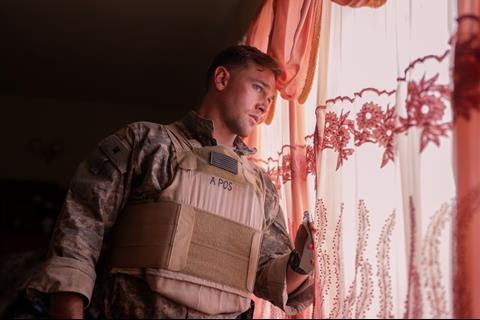
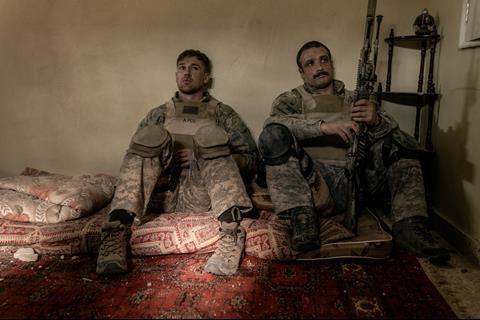
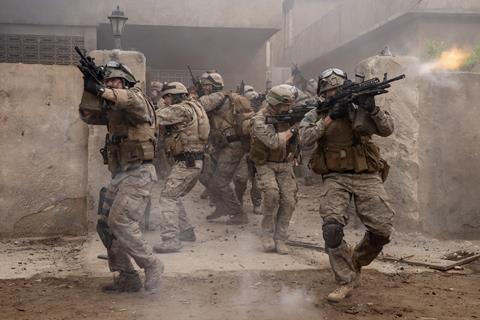
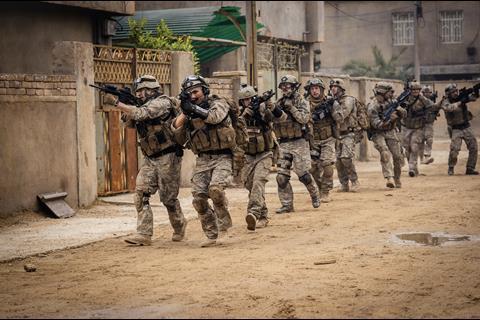
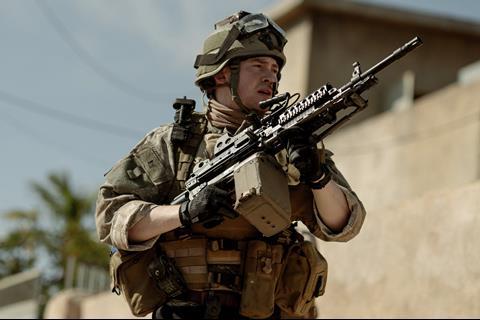

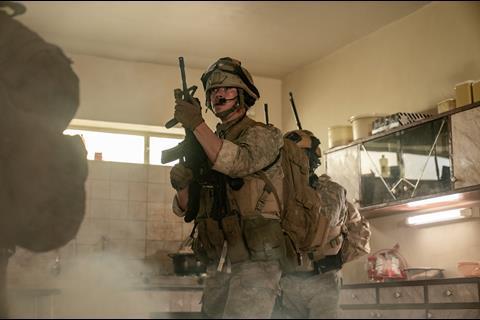
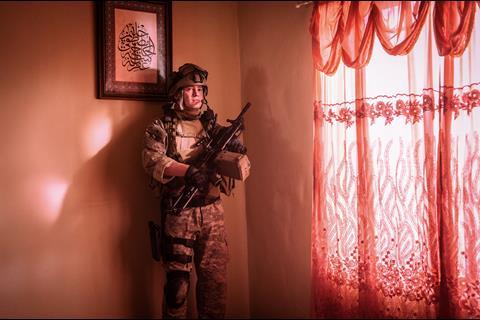
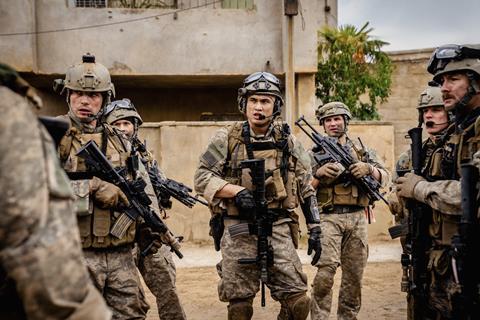






No comments yet